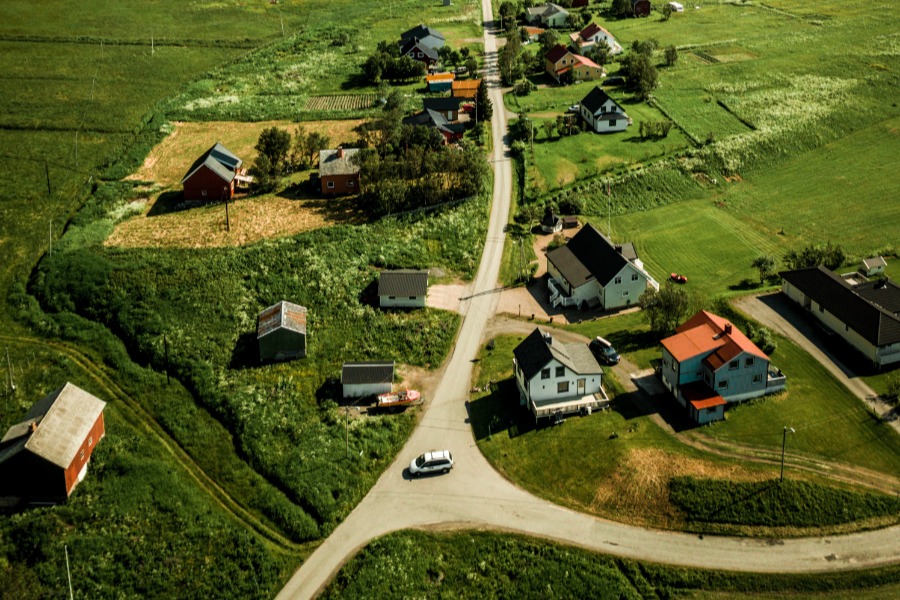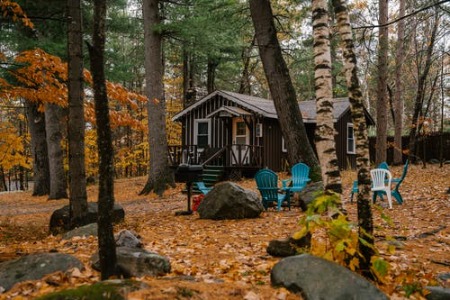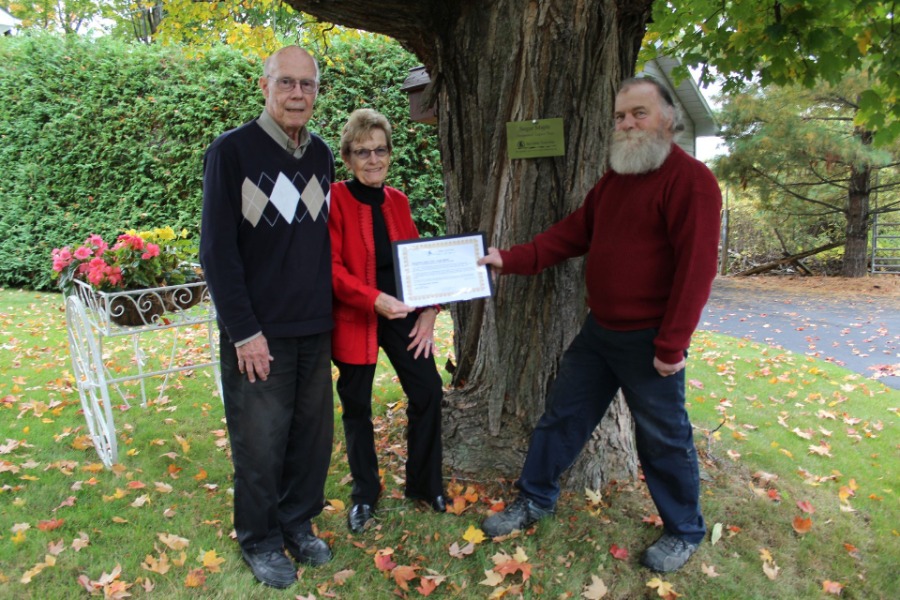Tay Valley Township is known for its agricultural heritage, having a wealth of historical farms, heritage buildings and traditional landscapes. Cultural activities and attractions include two Provincial Parks dedicated to the conservation and education of these lands; Silver Lake and Murphys Point. The history of our Township is unique and represents a story to be explored and discovered.


-banner.jpg)

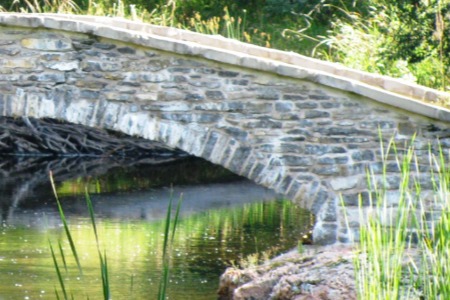
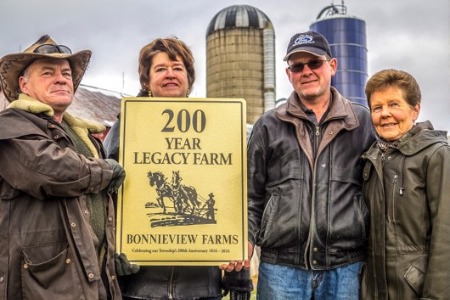

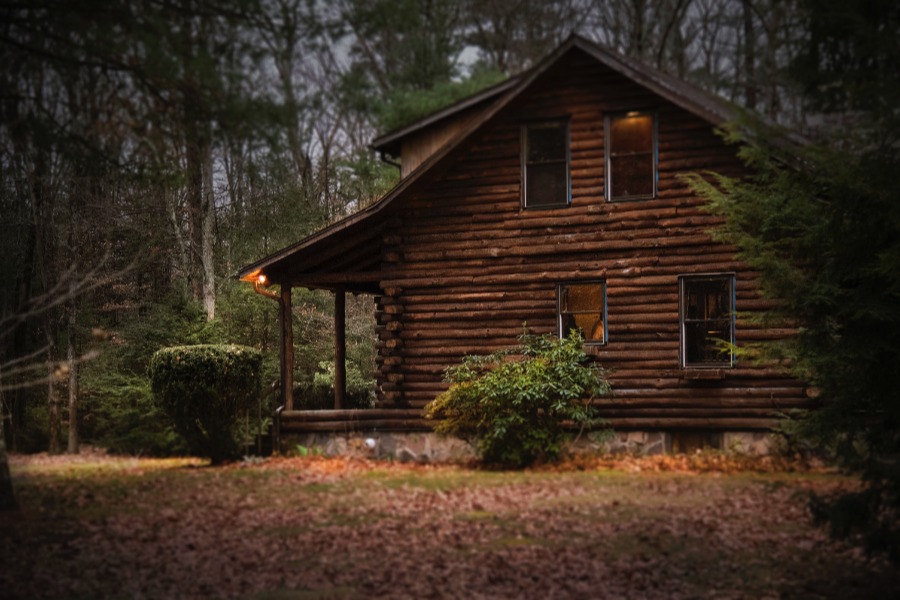
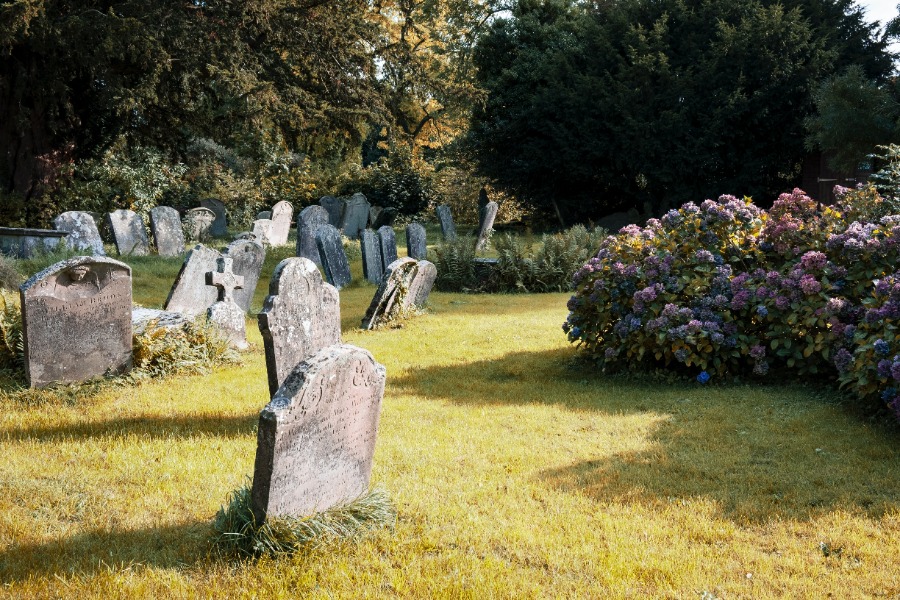
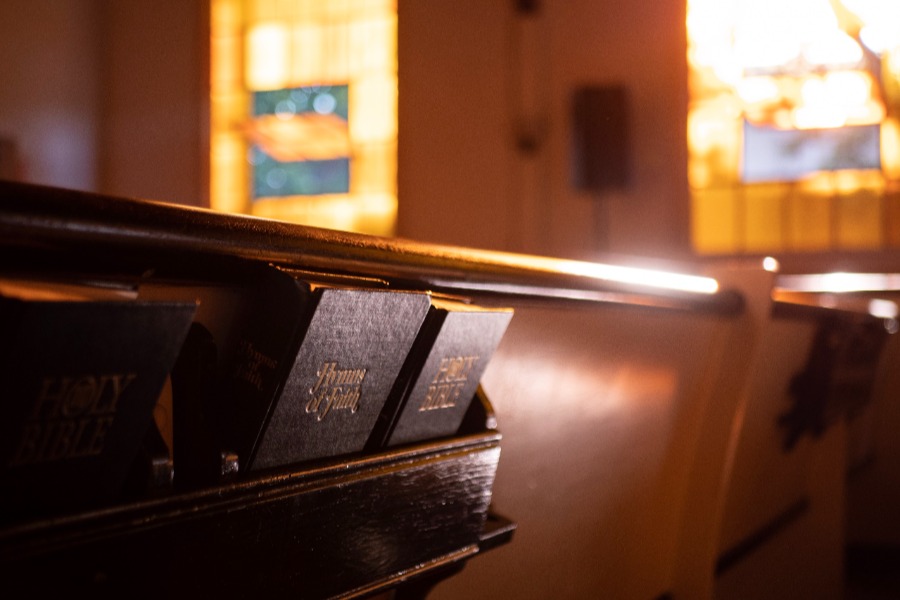

-Heritage-Properties-Page-thumbnail.jpg)
-thumbnail.jpg)
-thumbnail).jpg)
